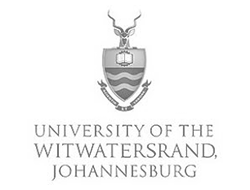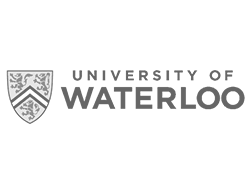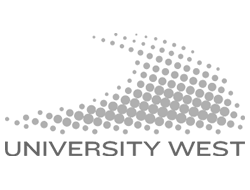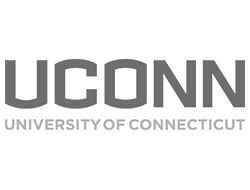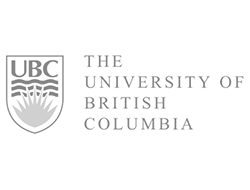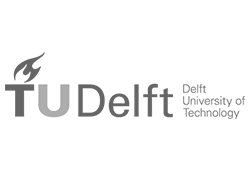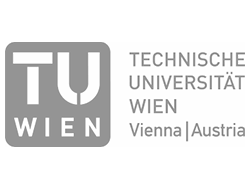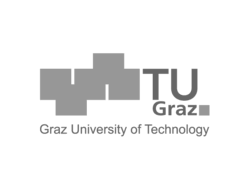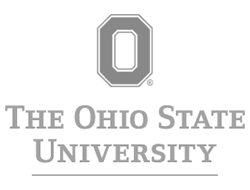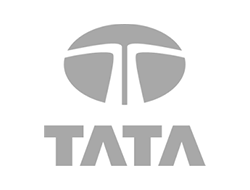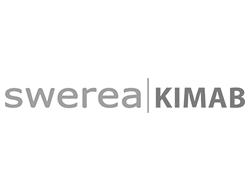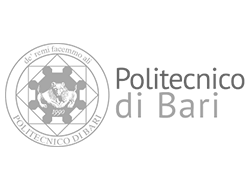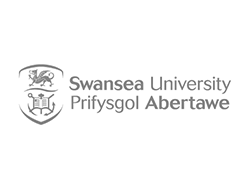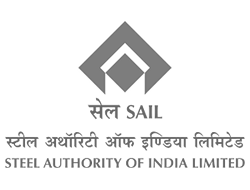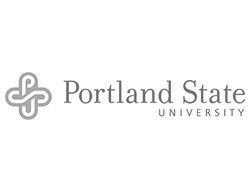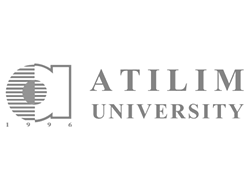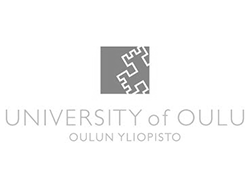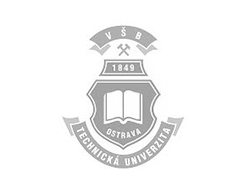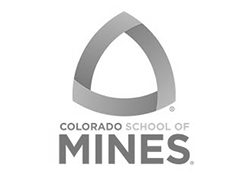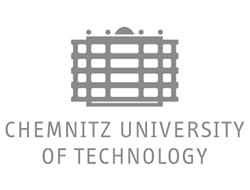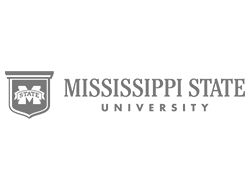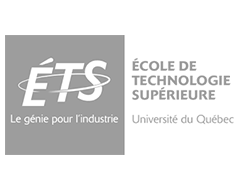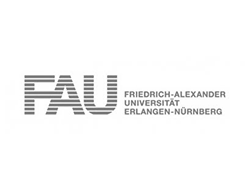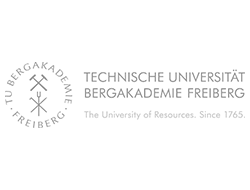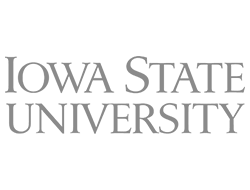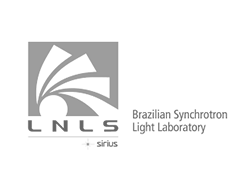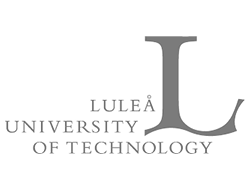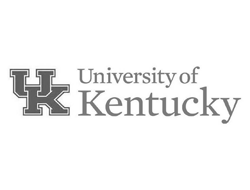University of Oulu, Finland
The production of thermomechanically processed, high-strength, low-alloy steel plates commenced in Finland in 1991 after the installation of the accelerated cooling facility at Rautaruukki Oy hot rolling mill at Raahe. Plates with the yield strength up to 500 MPa are being produced by accelerated cooling for ultimate application in ice-breakers.
To aid research and development work related to these steels, the first Gleeble in Finland was purchased and installed at the University of Oulu, Materials Engineering Laboratory in April, 1991. This new machine allowed us to investigate new areas in metallurgy, and we eagerly began studies on the physical simulation of hot working. The work was financially supported by the Finnish steel companies, Rautaruukki Oy, Outokumpu Polarit Oy and Imatra Steel Oy Ab, as well as the Technology Development Centre (TEKES). The Academy of Finland, The Foundation of Outokumpu Oy and University of Oulu have also funded this research. Furthermore, the Gleeble offered a new technique for research in welding metallurgy, which had already been studied for a number of years at the laboratory.
The Gleeble staff at the University of Oulu, Materials Engineering Laboratory, includes (left to right) Ulla Orava, Petteri Steen, operator Martti Korhonen, professor Pentti Karjalainen, and visiting professor Zuze Xu from the Central Iron and Steel Research Institute, Beijing, P.R. China.
During the past three years, the Gleeble 1500 has been utilized in several projects, supervised by Professor Pentti Karjalainen, in close cooperation with the steel industry. These include:
• the effect of chemical composition on transformation of austenite and mechanical properties of TMCP steel plates
• austenite transformation in hot rolled steel strip during accelerated cooling
• the behaviour of Ti in rough rolling of high strength sheets
• thermomechanical processing of the 17% Cr ferritic stainless steels
• hot forgability of maraging steels
• the effect of hot charging on hot ductility of microalloyed medium-carbon steels
• constitutive equations and softening in austenitic stainless steels
• hot ductility of duplex stainless steels
• effect of chemical composition and manufacturing route on impact toughness of HAZ in TMCP steels
• impact toughness of electrogas welded and simulated HAZ's of TMCP steels
• impact toughness in the HAZ of new 12%Cr-type ferritic stainless steels.
For example, we have been able to develop a high number of CCT diagrams for commercial HSLA steels as well as new experimental steels. These diagrams will be used for controlled manufacturing or for welding of these steels.
Precise data concerning temperatures and kinetics of austenite transformation and exothermic heat generation is also required in order to achieve uniform properties for high strength formable steel sheets. The thermal and mechanical capabilities of the Gleeble are very important for the simulation, which is presently needed to rebuild a new, more versatile accelerated cooling system for the sheet rolling line.
For the 17%Cr ferritic stainless steels, a new thermomechanical rolling schedule has been developed on the basis of Gleeble simulations, in which more homogeneous austenite distribution could be achieved, which, in turn, results in more uniform distribution of martensite and carbides after cooling so that the microstructure of the sheet is suitable to be annealed in a continuous annealing line.
Recently, generation of data (the constitutive equations) required for FEM calculations of residual stresses in rolling, originating from nonhomogeneous temperature distribution, aimed to improve flatness control of plates has started in a joint project. Even more data for modelling will be needed in the European Concerted Action on modelling in materials science and processing materials (COST 512) in which the integrated simulation of multipass hot rolling will be investigated by Swedish, Italian, Spanish, Norwegian and Finnish researchers.
The applicability of the Gleeble for solving different tasks in hot rolling have been assessed. Comparison of Gleeble results with hot torsion (tests at McGill University) and plane strain compression (tests at the University of Sheffield) have been carried out. The tests have shown, for instance, that the "no-recrystallization temperature" can be determined by multiple compression, although torsion testing is more convenient. Recently, a lot of attention has been paid to use the Gleeble to monitor the kinetics of softening and precipitation in hot-deformed austenite. A new, simple technique, the stress relaxation, has been found to be very effective for these purposes.
As shown in the Figure 1, softening is revealed by a rapid stress relaxation stage in the stress vs log time curves after predeformation, and the effects of temperature, strain, strain rate and chemical composition can be effectively studied. The onset of precipitation causes a termination of stress relaxation so that a stress plateau will appear as seen in Figure 2. The Gleeble has proved to be suitable for the relaxation tests, although the longitudinal temperature gradient in specimens is a drawback. Thus the Gleeble and the stress relaxation technique form a very efficient tool for investigating these phenomena during hot working.
We are also interested in high energy welding methods, such as electro gas welding, at the Finnish shipyards. For a sufficient impact toughness and to prevent an excess softening in the HAZ of the weldments, the chemical composition of the base metal must be carefully tailored. The Gleeble is a very effective tool to simulate the coarse grained HAZ so that the properties can be tested more reliably than in the real welds. The Gleeble is also used constantly by students in their welding metallurgy exercise works, in which they first time become familiar with numerous, unique properties of this machine.
Based on our first three years experience, I believe we will use the Gleeble even more in the future to simulate hot-working and welding of steels.
This article first appeared in the Gleeble® Newsletter — Summer 1994.




